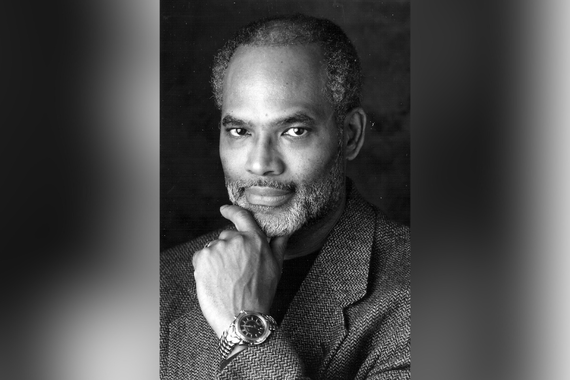The Fear of the Stranger
A romantic self-image of our country often draws upon a “nation of immigrants” narrative, symbolized by the Statue of Liberty, standing in the harbor and saying to the world, “Give me your tired, your poor, your huddled masses yearning to breathe free."
But there’s a darker flip side to that image, a xenophobic side that undermines the promise of a nation welcoming those who yearn to breathe free. Xenophobia is a fear of the other, the outsider, including the foreigner who seeks refuge in one’s country. The original Greek term means “fear of the stranger.”
“You cannot understand...the history of how we got here without specifically understanding the role of immigration in our history, and the history of its use as a political issue,” says history professor Erika Lee. Lee’s forthcoming book America for Americans traces the enduring history of American xenophobia.
As a Tufts University undergrad, Lee first became interested in the topic when she studied the xenophobic reaction to the early Chinese immigrants to America. That included the so-called “Chinese Exclusion Act,” adopted in 1882—the first law in American history to place broad restrictions on immigration. It declared a 10-year moratorium on new arrivals, specifically from China. The law was updated through the decades, the total ban on new arrivals expired, but the last successor to that law wasn’t repealed until 1942.
Politicians have long been aware of a reservoir of anxiety in the electorate about immigration, Lee says, and that “our reaction to immigration over the past decades has been from a position of fear.”
“During the ‘90s, both parties took on the issue of border security. Under [Democratic President Bill] Clinton, we get the militarization of the US-Mexican border, with increased border patrols.” says Lee. In 2006, Republican President George W. Bush signed the Secure Fence Act, which authorized 700 miles of new fencing on the Mexican border.
Throughout the 2016 elections, anti-immigrant rhetoric surged. As a historian, Lee knew that these impulses weren’t new to America. But as the issue moved to the front pages, she believed Americans “needed to reassess our immigration history, to really understand why in 2016, our country, built by immigrants, celebrated as a nation of immigrants, would have elected someone running on these politics and now supporting these increasingly draconian policies the likes of which we had not seen in our lifetimes.
“We needed to have an honest, brave conversation about the democratic values on which the country was founded,” Lee says. “We’ve been trying to encourage a broader and deeper understanding of xenophobia.
“It’s not just about issues of immigration. The reason it’s so important to America is that it’s about who has the power to define who gets to be an American; who gets to enjoy the privileges of being an American citizen and who does not.”
Every nation is entitled to secure and police its borders, to adopt regulations governing legal immigration and the path to citizenship, and to deal with these matters in what it believes are the national interest, Lee says. The US government is justified in making a judgment, based on the national interest, about how many immigrants and refugees to accept.
“But those positions and laws and regulations do not have to be xenophobic,” Lee says. “They don’t have to be drawn from a place of fear, or a violent and racist worldview of hatred for certain groups.”



